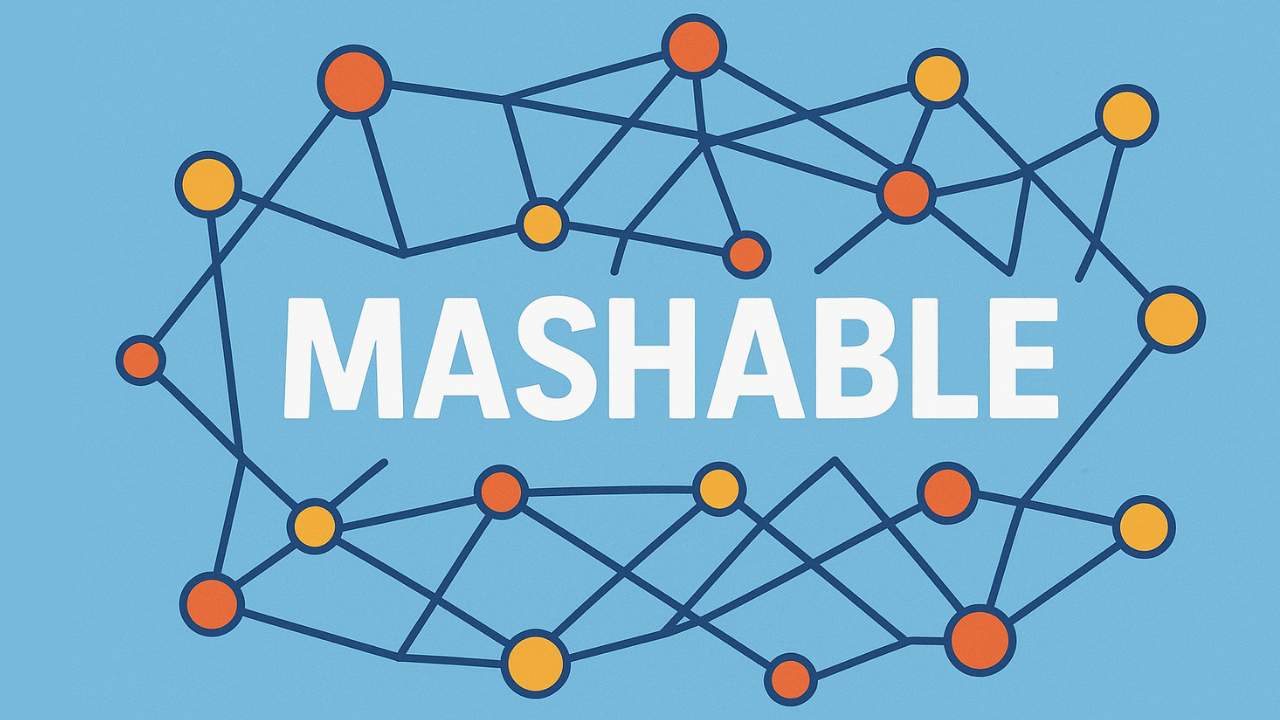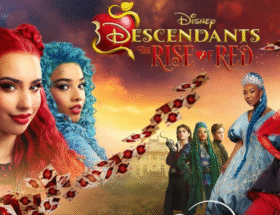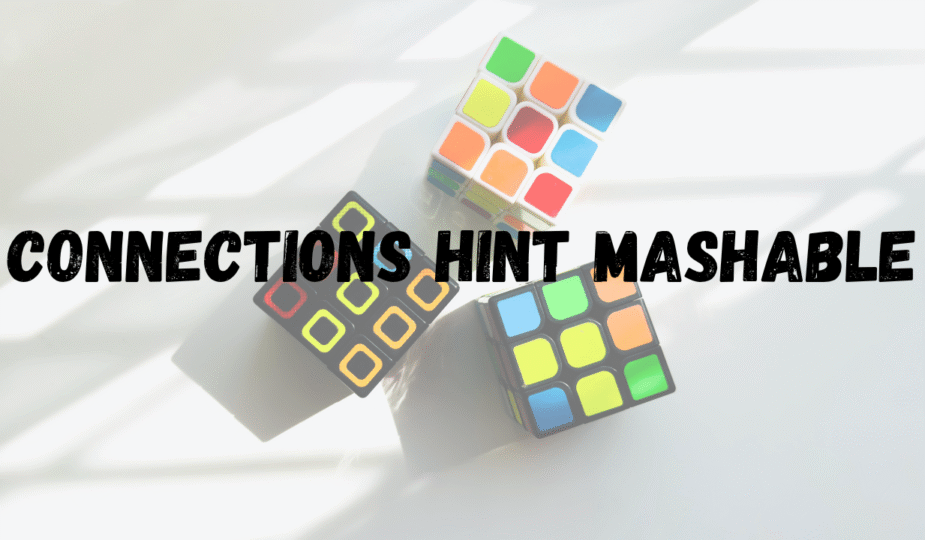
Connections Hint Mashable: Your Complete Guide to Solving the Daily Puzzle
Every day, players enter the infamous word-game NYT Connections and are greeted with another grid of 16 words, the players’ challenge is to categorize the total and sort them into groups of four, doing so with each group being related to the other. But even the best solvers hit a wall every once in a while. This is where the phrase connections hint mashable comes into play. Many players may turn to the site Mashable for help, if you have done it, then you know that they like to offer clever hints, spoiler-light hints to help you nudge and move forward, but won’t give it all away and tell you the answers.
If you search “connections hint mashable” then you are looking for that hint-assist in the game – that friendly nudge to identify the correct groupings, as well as avoiding red herrings, and to keep that streak going. This article will assesses, in-depth, what those hints are, how to use them, and what to look out for if you do. It will also cover ways to level up your puzzle-skills, so you don’t need hints as often.
Read Also: Who Is Abby Champ |Who Is Alex Chino
What is “connections hint mashable”?
Simply put, connections hint mashable refers to the article published daily on Mashable that assists NYT Connections players by providing clues about themes or categories to help players put together the puzzle. These clues are not usually a complete answer, but would say something like “think kitchen tools” or “kinds of vehicles,” all of which are little tips to push you in the right direction. By providing these hints, solvers are able to power through stressful tricky categories while keeping the integrity of having solved something on their own.
Why the Hints from Mashable are so Popular
- Equitable assistance – The Mashable’s “connections hint mashable” feature makes it so that you’ll receive help, but shouldn’t feel guilty anymore, you’ll likely have come to the solution already.
- Building skills-. All you’ll have learned will pay muscle memories on identifying categories, sidestepping dead-ends, and lateral thought.
- Timeliness & consistency – They are daily (or almost) on the same schedule following the NYT Connections puzzles.
- Accessible forms – The hints a written for casual, and serious players: beginner-friendly but helpful to the solvers.
Popular Celebrity: Antonia Gentry Age: How Old Is Antonia Gentry ?
How the NYT Connections Puzzle Works (and why you might need a hint)
- By knowing how it works, you can see how “connections hint mashable” is useful.
- You need to find four groups of four words each. Each group will have a hidden category (e.g., “types of pasta,” “things that spin,” “words that end in -ing”).
- To identify difficulty, the game may color code the category (yellow = easiest, green = medium, blue = hard, purple = hardest)
- Certain words are intentionally difficult to sort. Perhaps one or two words seem to fit one group, but actually belong in another, or maybe multiple definitions exist. That means creating a categorization can be easy to misinterpret.
- Due to the complexity or abstractness of some categories, so many players get stuck. Hints are useful in helping you think about the word in a new way, but still without giving the whole answer away.
The Philosophy Behind “Connections Hint Mashable”
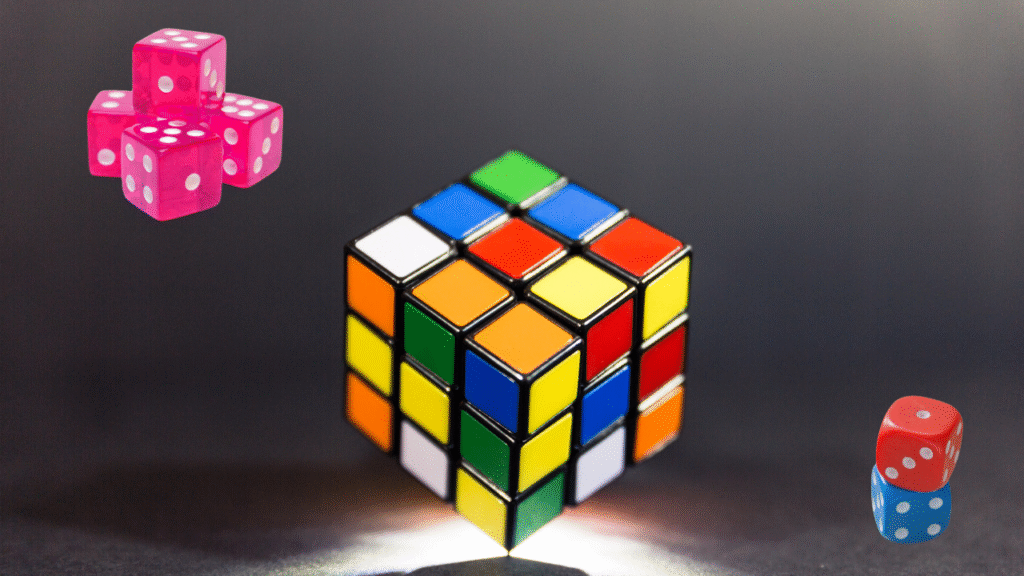
When you search for connections hint mashable, it is about getting insight, but not just an answer. Mashable is based on a few guiding principles:
- Save the “aha” moment – the hint nudges you but does not give you the entire answer, so you feel that you solved it. caption feast+1
- Teach you to think differently – some themes I have found are subtle (like “words that can follow ‘break'”) but still nudge your brain to look for patterns. Measure Take
- Not ruin it for the others – the hints are sparse enough that you could walk away and if you come back you are still not given the answer to the entire puzzle.
- Different skill levels – some “hints” could be more obvious (for easier categories) while some could be more cryptic (for harder categories). Either way, the structure essentially assists novices to expert solvers.
How to Use “Connections Hint Mashable” Effectively
Here are actionable steps for making the most of those hints:
| Step | What to Do | Why It Helps |
| 1 | Try solving on your own for at least 1-2 minutes before reading the hint. | You’ll exercise your mind, and the hint will help rather than replace your thinking. |
| 2 | Read all hint categories at once when you access the “connections hint mashable” article. | Getting all themes helps you see inter-category relationships and avoid prematurely locking in one group incorrectly. |
| 3 | Start with the easiest group (often yellow) using the hint and your instincts. | Solving one group narrows down the remaining words and reduces complexity. |
| 4 | Use elimination and pattern recognition for harder groups, referencing the hint when stuck. | That helps avoid common mistakes and red herrings. |
| 5 | After solving (or when stuck), review how the hint led you to the solution and reflect. | That builds your skill over time, so you rely less on hints. |
Common Mistakes & How the Hint Helps Avoid Them
- Error: Grouping based on physical similarity (i.e., all four words start with the letter “C”).
- Remedy: The hint could say “concentrate on meaning, not spelling.”
- Error: Assuming a word belongs to the word they fit two possible themes.
- Remedy: The hint could say, “one word belongs ‘elsewhere’” or “don’t let it sound like a fool to you.”
- Error: Starting with the hardest group first and tiring out.
- Remedy: The hint can also help you identify the ‘easiest’ group first.
- Error: You might become stuck and give up the game.
- Remedy: The hint from Mashable will give you just enough push to regain momentum.
Comparison of Hint Difficulty Levels
Here’s a table showing the four difficulty colors, how they typically behave, and how “connections hint mashable” addresses them:
| Difficulty Colour | Typical Category Type | How Hint Helps |
| Yellow | Very obvious themes (e.g., colours, days, animals) | Hint is direct: “Think colours of a rainbow” — you quickly solve. |
| Green | Common knowledge, a bit less obvious (e.g., “types of vehicles”) | Hint is moderate: “Look for things that move” — nudges you. |
| Blue | Requires more reasoning, maybe wordplay or synonyms. | Hint is subtle: “Words linked by sound and meaning” — you must think deeper. |
| Purple | Very abstract or tricky (e.g., obscure references, figurative links) | Hint is cryptic: “Watch for hidden musical references” — you do the heavy thinking. |
Why “Connections Hint Mashable” Matters in Your Daily Routine
- Maintain your puzzle streak: If you hit a wall, the hint keeps you from leaving the puzzle midway.
- Improves brain flexibility: By practicing with and then internalizing hints, you start to build your pattern recognition skills.
- Increases game enjoyment: Rather than feeling frustrated, you get a little nudge with the hint, and potentially feeling successful.
- Develops puzzle strategy: As you learn the Mashable hints relate to themes, you develop the ability to recognize connections quicker.
Real-World Examples of How the Hints Work
Though I’m unable to share the actual puzzle from today (to avoid spoilers), I’ve outlined some hypothetical examples that are similar to what you’d find in “connections hint mashable.”
Example A
Words: Apple, Carrot, Beef, Lettuce
Hint: “Some belong on a salad, some do not.”
→ You see the salad vs non-salad theme.
Example B
Words: Jupiter, Mars, Pluto, Titan
Hint: “Think moons vs planets.”
→ This helps you divide between planetary members vs moons.
Example C
Words: Bass, Note, Scale, Trip
Hint: “Group by musical vs travel.”
→ This helps you pick out that Trip is of travel meaning rather than musical.
In each case here, “connections hint mashable” provides a notion in a thematic way, without explicitly showing the actual four words.
Tips to Level Up & Eventually Use Hints Less
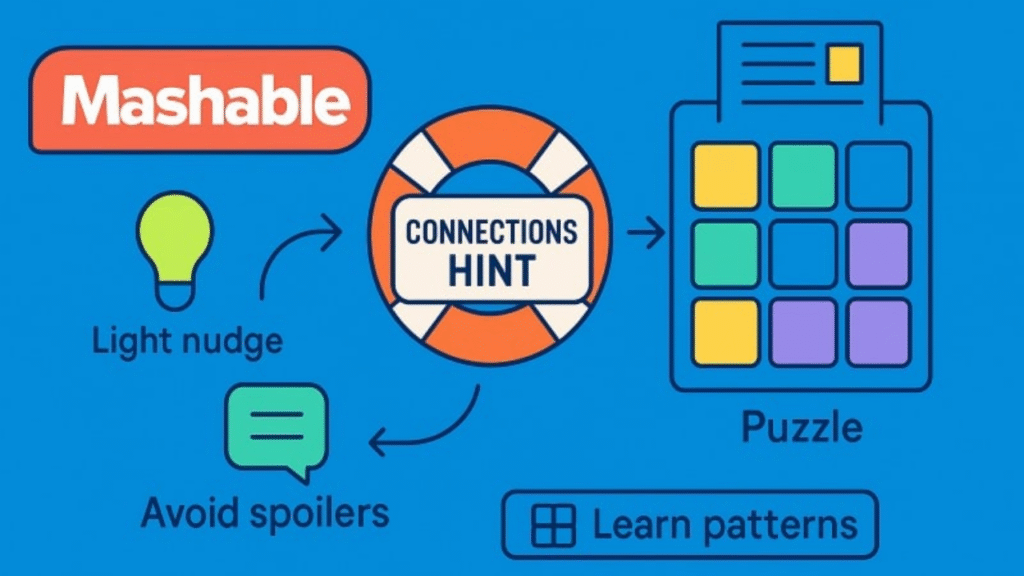
- Here are some advanced techniques to gradually rely less on “connections hint mashable” and more on your own reasoning:
- Start tracking your solved puzzles: While solving, take notes on patterns you missed. When you’re done, reread the hints and ask yourself: why did I miss this one?
- Expand your word association bank: As you see more formal connections (or abstract connections — for example, homophones, word-roots, pop-culture references), the quicker you will respond.
- Don’t pick the first tempting association board: Most players will group the first four words, and one should probably belong in the other grouping.
- Use timing to add pressure: Try to solve the puzzle without any hints. When you stress for more than 5 minutes, then you can check “connections hint mashable.”
- Consider: When you’ve solved the puzzle, what did the puzzle use that you can identify? After dependencies, look back at the group’s words, and give a reason why “connections hint mashable” caused a mismatch in the solving plan. After time, you will select common matching words based on some kind of pattern (sound association; the changing of word meaning; prefix/suffix; culture reference).
When to Use the Hint — and When to Skip It
- You should use it if you have spent more than a few minutes on the puzzle, if you solved the simplest group but still have three left, or if you risk breaking your streak and want a little help.
- You should not use it if you enjoy the puzzle and want to exercise your brain without help, and you do not mind taking a longer time.
- Ideally, one should balance the use of hints, and try to use them for harder groups (blue or purple) and try to solve yellow and green groups individually (to practice).
Quick Reference – Use of “Connections Hint Mashable”
| Situation | Best Approach |
| You’re new to the puzzle | Use the hint right away for all groups until you build confidence. |
| You’re an intermediate solver | Solve yellow and green on your own, use hints for blue/purple. |
| You’re advanced and aiming for speed | Try solving without a hint; only consult “connections hint mashable” if you’re stuck or want to reduce mistakes. |
FAQ Section
The following are common questions and answers concerning connections hint mashable.
Q1. What is “connections hint mashable”?
A: It is simply referring to the daily hint article by Mashable for the NYT Connections puzzle, with hints that contain thematic clues (not full answers), just to keep you heading in the right solving direction.
Q2. Are the hints from Mashable considered spoilers?
A: No. They are designed to help you get to the right answer (but not give you the answer). So you have enough hints to be thinking in the right solving direction but are ultimately still completing the solving task.
Q3. Where can I find the “connections hint mashable”?
A: On the Mashable website, usually under a links to games or puzzles section. Or you can search “Connections hint Mashable” in your preferred browser.
Q4. If I use the hint, will I become dependent?
A: Not necessarily, if you are using it strategically. After a while, you will start to internalize the solving feature, and then will not use hints as often. The key is to suppose after you solve, and start building your own hypothetical skills.
Q5. Does Mashable publish hints every day?
A: Their goal is to provide (or publish) hints daily or close to daily e.g. when the NYT Connections puzzle publishes (or goes live). However, like with any digital articles, there may occur sporadically no publishing.
Closing Thoughts
If you frequently feel like you are entering connections that are mashable into the search bar, just know that you are far from alone. Many players value the push that provides. The hint from Mashable gives you enough of a push to keep going in the game, allow you to excel, and mitigate the hindering frustration of feeling stuck. You may also find that you have fewer blocks and solve problems quicker. You can also expect to skip the hint entirely.
For now, think of the hints as training wheels: useful when they are needed, but only gradually made unnecessary as you work out your puzzle-solving muscles. The next time you’re faced with that 16 word grid and feel the pressure to figure something out, you’ll know where to go, and you’ll be better suited to make those connections as well.


